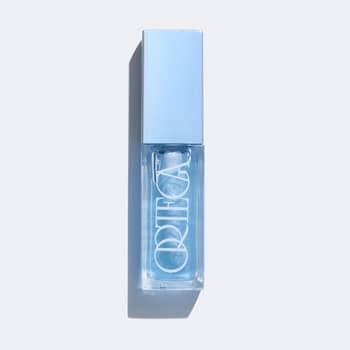
How to Choose the Right Face Cream and Serum
3. Understand the difference between creams and serums.
Creams and serums serve different purposes but work together. Serums are highly concentrated formulas with specific ingredients (like peptides, hyaluronic acid, vitamin C or retinol) that can add extra moisture, brighten or counteract discolorations, depending on which one you choose. Silky and fluid, serums are applied under creams to supplement them. Their smaller molecules enable the ingredients to penetrate more deeply into the skin, but make no mistake — serums are not moisturizers. You still need a cream topcoat for hydration and to lock in moisture and your serum’s active ingredients. Moisturizer — not serum — is what gives skin an instantly softer, healthier, more plumped up look. Does everyone need a serum? Do you need to use it all the time? No and no. Although skin care brands may say otherwise (face it, skin care is big business!), serums are an option, not a must-have like sunscreen and moisturizer. You might use a serum during the winter months for extra hydration, to solve a particular issue that has cropped up, only at night or just during the day. Or you might not use one at all if your skin is extremely sensitive (see tip no. 6 for more on that) or you are dealing with a skin issue like eczema.
(Left to right) Neutrogena Hydro Boost Water Face Cream-Fragrance Free; Bliss Bright Idea Vitamin C + Tri-Peptide Moisturizer; Vichy LiftActiv B3 Serum for Dark Spots & Wrinkles; Cetaphil Deep Hydration 48-Hour Activation Serum
CVS; Bliss; Target; CVS
4. Learn how to safely pair creams and serums.
There are several options. The safest route, especially if you’re a serum novice or wary of irritation, is to pair a cream and serum from the same brand. Or, if you just want to add a serum, pair it with your current moisturizer from a brand you already use and trust. That’s because research and development teams have tested the formulas and products within a brand to ensure they work well together. Curating individual products on your own is a little bit more advanced. The easiest method for combining two brands is to balance a specific active ingredient with a soothing partner. You can do this by layering an exfoliating serum under a hydration-focused cream. For example, the Vichy LiftActiv B3 Serum for Dark Spots & Wrinkles ($45, target.com) with glycolic acid, peptides and niacinamide under Neutrogena Hydro Boost Water Face Cream-Fragrance Free ($31, cvs.com) with hyaluronic acid. Or you might reverse that thinking and choose a multitasking cream that already contains a power ingredient like C with a simple hydrating serum, for example Bliss Bright Idea Vitamin C + Tri-Peptide Moisturizer ($26, bliss world.com) over a hyaluronic serum like Cetaphil Deep Hydration 48-Hour Activation Serum ($26, cvs.com). However, you never want to mix ingredients like retinol, vitamin C and alpha hydroxy acids (AHAs) like glycolic or lactic acid, because it could cause skin sensitivity. Keep them separate. One common regimen many women choose is to use vitamin C serum in the morning to address dull skin and pigmentation issues, and a retinol, bakuchiol or alpha hydroxy acid at night to address sun damage and wrinkles.



